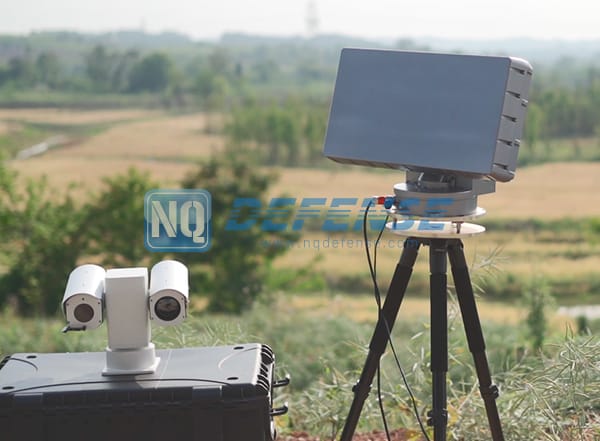
Radar can be regarded as a bionic system, similar to some animal species that confirm obstacles and targets by transmitting and receiving sound waves. Radar detects a specific orientation by actively emitting electromagnetic waves and confirms the attributes of the target by receiving and analyzing the electromagnetic waves reflected from the target, and mainly obtains information such as the size, orientation, distance, altitude and speed of the target.
Radar is mainly composed of transceiver system, signal processing system and data processing system. The transceiver system mainly consists of antenna, which is responsible for transmitting and receiving modulated electromagnetic wave signals. The signal processing system analyzes and processes the electromagnetic waves received by the antenna, and it obtains ideal signals by mathematical methods and sends them to the data processing system.
The data processing system is the main part of human-machine interaction. The signals are presented in an easy-to-understand way through algorithms to assist users in analysis, judgment and decision-making.
Different from the radio frequency (RF) detection system, the radar actively emits electromagnetic waves and reflects them on the target, thus the drone can be detected by the radar regardless of whether the drone itself emits electromagnetic waves.
By transmitting and receiving electromagnetic waves of specific frequencies, the radar can more accurately obtain the three-dimensional coordinate information of the detected target such as azimuth, distance, height and other data. And it preliminarily judges the size of the target by the reflection area and further obtains the movement speed of the target using the Doppler principle. Radar is a kind of sensor based on advanced principles, which has a very wide range of applications in the field of land, sea and air.
Traditional radar technology can use clutter cancellation to exclude stationary targets on the ground, uses the Doppler principle to exclude non-dynamic targets and only detects maneuvering targets in the air. This has been a very effective method in the past few decades.
In the current drone era, due to the revolutionary progress of aircraft, which can hover in the air arbitrarily, it is difficult for drone radars based on the Doppler principle to detect targets in this state. Such new scenarios have brought new challenges to drone radar applications.
The radar can detect all kinds of targets in an all-round way during the working process. In addition to drones, it can also detect targets such as vehicles, ships, and human bodies, so it is very suitable for scenarios that require multi-functional security. It is recommended for open environments, such as borders, coastal defense, airports, etc.
As a leading developer and supplier of advanced defense and security products and solutions, our Anti-Drone Systems adopts advanced drone radar technology to satisfy demands under various application scenarios.
